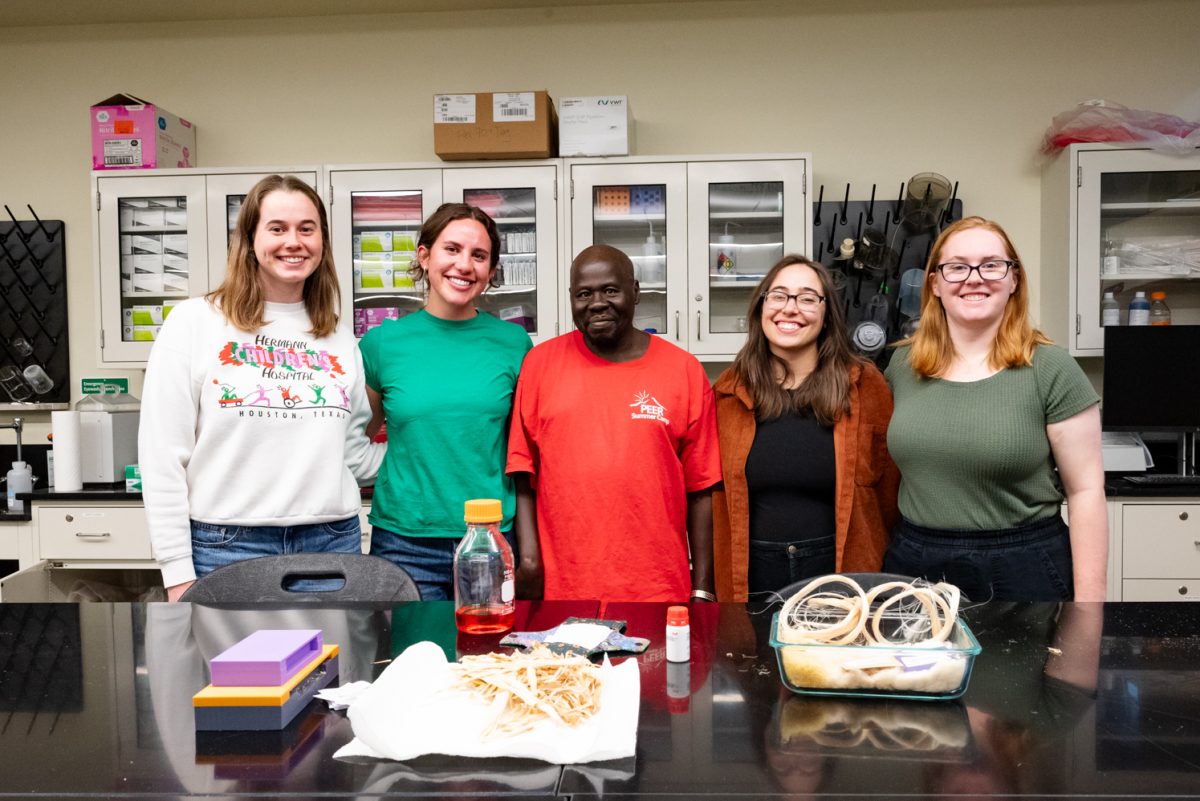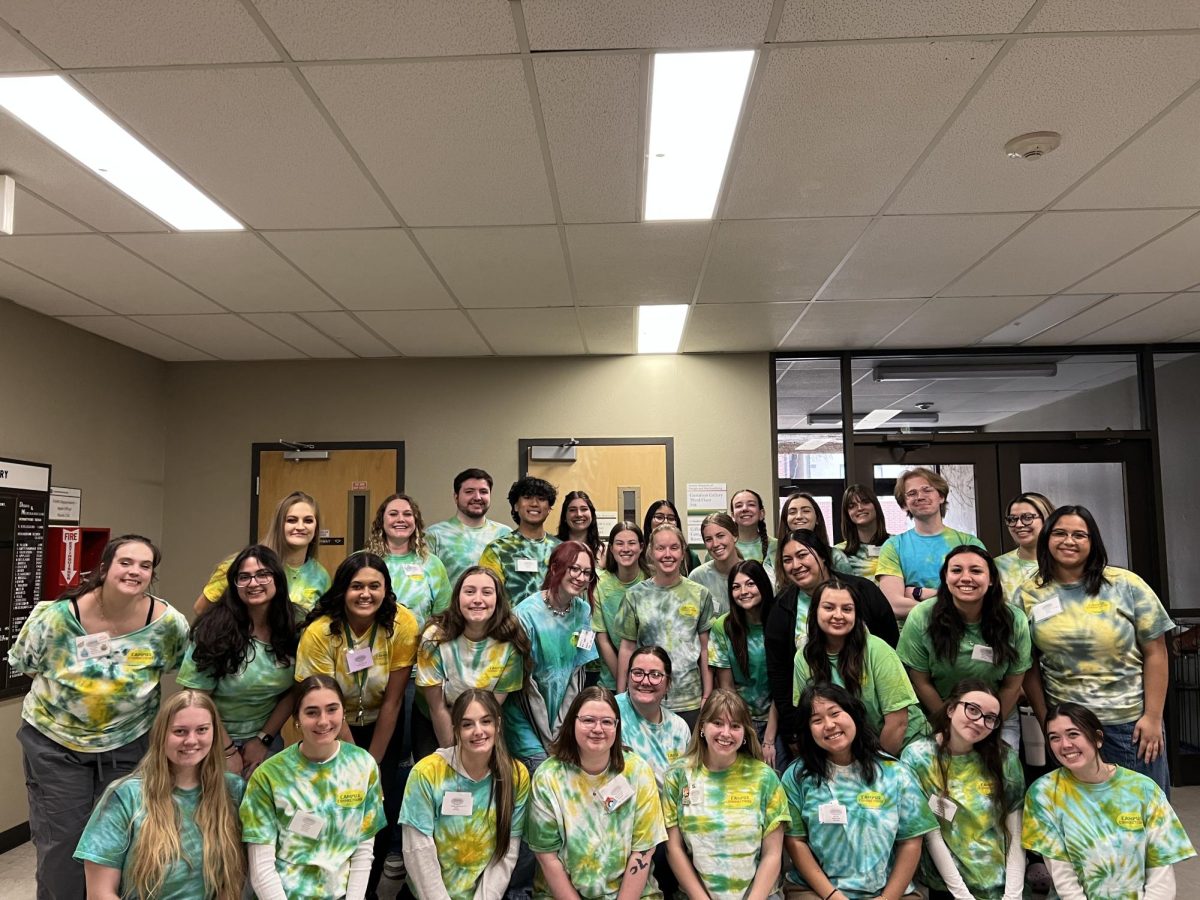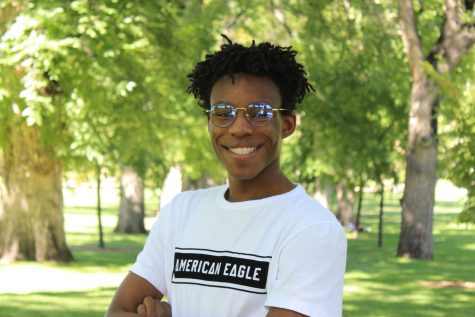From disaster to recovery, a federally-funded research center of Colorado State University is developing multidisciplinary “resilience science” to help communities plan for comebacks after natural hazard events.
Funded by the federal National Institute of Standards and Technology, the Center for Risk-Based Community Resilience Planning has spent the last five years developing measurement science for community resilience.
NIST recently renewed its partnership with the center for $20 million over the next five years, which it will use in large part to help communities understand and implement these findings.
Resilience science is about looking at how well a system restores itself after a major shock such as a flood or earthquake, center leaders said. Instead of only looking at damage mitigation, resilience thinks about how to invest for recovery.
Put another way, disasters are events that cause so much damage that the community struggles to recover, but “if resilience is successful, hopefully it won’t become a disaster,” said Therese McAllister, NIST group leader and program manager.
In the case of hazard events, community resiliency wasn’t a well-established field until the last decade, McAllister said.
If resilience is successful, hopefully it won’t become a disaster.” – Therese McAllister, NIST group leader, program manager
Researchers in different fields would analyze resilience and disaster impact without accounting for the interdependency of different community infrastructure systems. Engineers would look at engineering systems, economists would look at the economy and social scientists would look at the human impact, all in isolation.
“There wasn’t anyone at the time that was really bringing all those pieces together in an integrated way to look at how they affect each other,” McAllister said.
As resilience science became more recognized, communities were similarly struggling to understand how to measure or improve their recovery ability. An example McAllister gave is how a city government might plan to station the Red Cross recovery services in an older building that, in the event of a hazard, is at high risk to be unusable.
After the 2011 Joplin Tornado and the 2012 Superstorm Sandy — two major natural disasters NIST investigated, as they both claimed significant human and economic tolls — the need for a new approach became clear.
NIST put out a request for proposals, and from that, CSU was selected to establish a NIST-funded Center of Excellence focused on community resilience. The CSU center is composed of over 90 researchers and partners from various disciplines and 12 other universities.
Since 2015, the center has been developing a computational software to measure resilience, taking into account the interdependence of economic, engineering and social systems.
NIST just released the first version of its program, called the Interdependent Networked Community Resilience Modeling Environment or IN-CORE.
While it was originally intended for research purposes, it has since evolved into a platform where anyone can model the impact of natural hazards on a community and measure its resilience, said John van de Lindt, CSU professor and center co-director. IN-CORE is an open-source computational environment, meaning it is free to use.
“Ultimately, we feel like this makes sense since these are America’s tax dollars at work, and so this gives back to them,” van de Lindt said.
At this point, the center is working toward making the platform available for city and community use in about 18 months, according to van de Lindt.
IN-CORE incorporates data from past natural disasters and the center’s own field study of recovery efforts in Lumberton, North Carolina, a city flooded by Hurricane Matthew in 2016.
Ultimately, we feel like this makes sense since these are America’s tax dollars at work, and so this gives back to them.” – John van de Lindt, CSU professor, center co-director
The Lumberton field study is the first time anyone has done multi-year documentation of post-hazard event recovery using a multidisciplinary approach, McAllister said.
“We really think this is the model for the future in doing field studies,” McAllister said.
Now that a solid knowledge base has been developed, the center will shift focus to working with real communities “so they can take advantage of what we have learned and perhaps can learn to use some of the software to make their own decisions,” said Bruce Ellingwood, CSU professor and center co-director.
Over the next five years, the center intends to work with four to six communities to learn about what they need to conduct resilience planning. It will be “a give-and-take relationship,” van de Lindt said, as cities will share their information and goals to help improve the computational environments, and in turn, the center will build them an IN-CORE model so they may plan for natural hazards.
Hopefully, van de Lindt said, Fort Collins will be able to serve as one of those cities.
Most areas are aware of what they’re at risk for, the center’s leaders said. In Fort Collins, for instance, that includes floods, fires and tornadoes. But IN-CORE allows governments to optimize its recovery plans while accounting for budgetary and feasibility constraints. It makes them strategize for different situations in ways they were not able to before thanks to new measurable data.
“In the (chaos) after natural disaster like a flood or a hurricane or a tornado, everything is basically done ad hoc, and there’s very little rational decision-making,” Ellingwood said. “Our vision for IN-CORE is that it will be used by real communities as a planning tool so they can enhance the resilience of their communities by taking timely actions in the years before a real event occurs.”
Samantha Ye can be reached at news@collegian.com or on Twitter @samxye4.











